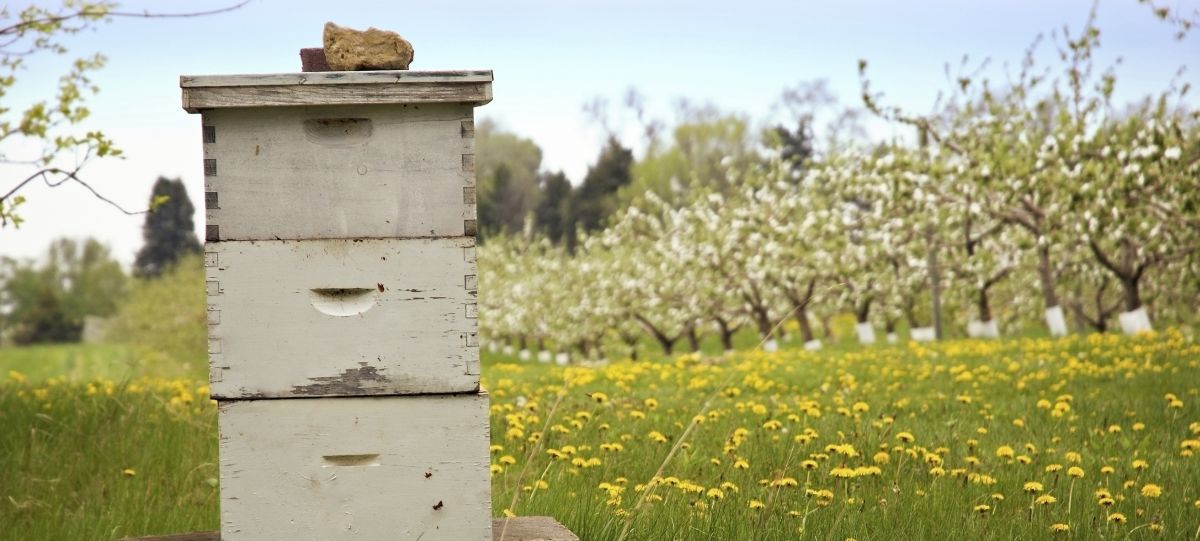
Britain’s beekeepers have reported an average yield of 21lbs of honey per colony this year, a substantial 34 per cent drop on last year’s 32lbs per colony.
These findings are reported today 30.10.15 in the British Beekeepers Association’s Annual Honey Survey. The survey was commissioned by Burt’s Bees, sponsor of the BBKA’s ‘Adopt a Beehive’ scheme which funds honey bee research and beekeeper training.
The survey was conducted amongst 1,561 beekeepers across the country, who point the finger of blame for the shortfall squarely at the weather - excessively windy and with too few prolonged warm spells. Bees cannot forage in cold and windy conditions. In addition to interfering with foraging for nectar, there may have been an effect on queen bees in terms of efficient mating and subsequent poor production of new worker bees.
It was not an ill wind for all beekeepers though: while 50 per cent of beekeepers cite a lower yield than last year, 25 per cent report an increase. And of those who increased their honey harvest, ten per cent mentioned an abundant variety of forage availability as the main reason, while a further ten per cent cited having ‘a good queen’ at the head of their colony.
Commenting on the overall reduced yield this year, BBKA Director of Public Affairs, Tim Lovett, said:
“Bees stay in the hive if it’s excessively windy and if they’re not out foraging, yields will drop. Whilst confined to the hive the bees of course eat the stores of honey that they have already gathered. Similarly cold, windy weather impedes queen-mating, resulting in fewer eggs and ultimately fewer worker bees to collect nectar.
“There were few calm days recorded during May, June and July – the most important months for foraging, queen mating and brood rearing. It’s fair to say that the summer of 2015 delivered quite simply the wrong weather for our bees.”
The most abundant honey yield areas in the country are the East of England and London where the yield is on average 27lbs per hive (27.3lbs) in East of England) still 15% down. The long running historic average is more than 40lbs per colony. Of beekeepers with more than one productive hive, the highest average yield was 43.9lbs per hive, while the lowest average yield was 11.8lbs.
The annual Honey Survey also explores factors affecting honey bee colonies and honey production and this year showed that while on average beekeepers keep 5.6 hives each, 31 per cent manage just one to two. A fifth, 21 per cent, of beekeepers are relatively new to beekeeping having kept hives for just one to two years, and 36 per cent for three to five years.
Generous funding to support beekeeper training comes from the BBKA’s Burts Bees sponsored ‘Adopt a Beehive’ scheme which enables members of the public to become ‘armchair beekeepers’ and follow the progress across the year of a local apiary at a distance in the comfort of their homes.
